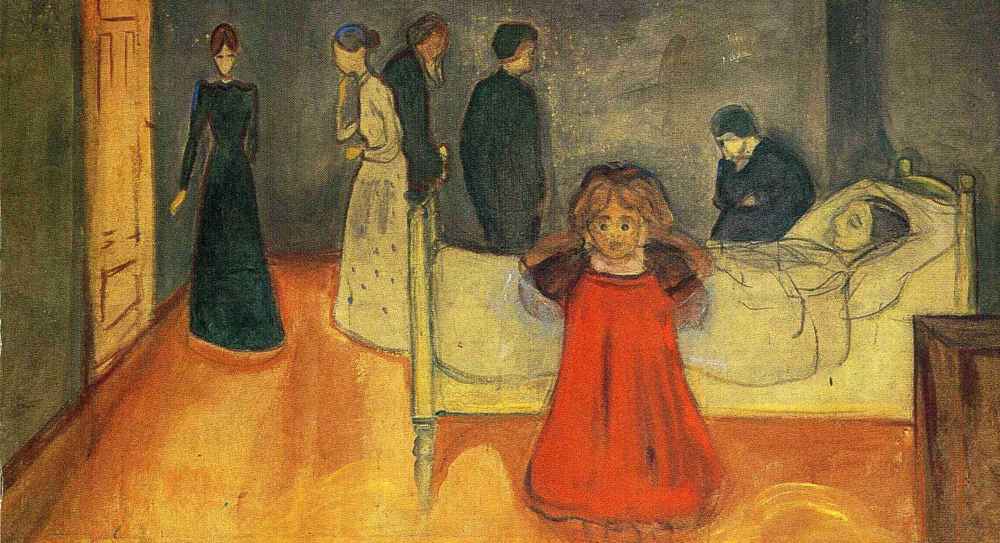Edvard Munch was a Norwegian painter. His best known work, The Scream, has become one of the iconic images of world art.
His childhood was overshadowed by illness, bereavement and the dread of inheriting a mental condition that ran in the family. Studying at the Royal School of Art and Design in Kristiania, Munch began to live a bohemian life under the influence of the nihilist Hans Jæger, who urged him to paint his own emotional and psychological state. From this emerged his distinctive style.
Travel brought new influences and outlets. In Paris, he learned much from Paul Gauguin, Vincent van Gogh and Henri de Toulouse-Lautrec, especially their use of colour. In Berlin, he met the Swedish dramatist August Strindberg, whom he painted, as he embarked on his major canon The Frieze of Life, depicting a series of deeply-felt themes such as love, anxiety, jealousy and betrayal, steeped in atmosphere.
The Scream was conceived in Kristiania. According to Munch, he was out walking at sunset, when he ‘heard the enormous, infinite scream of nature’. The painting‘s agonized face is widely identified with the angst of the modern person.

In 1879, Munch enrolled in a technical college to study engineering, where he excelled in physics, chemistry and math. He learned scaled and perspective drawing, but frequent illnesses interrupted his studies. The following year, much to his father’s disappointment, Munch left the college determined to become a painter. His father viewed art as an “unholy trade”, and his neighbors reacted bitterly and sent him anonymous letters. In contrast to his father’s rabid pietism, Munch adopted an undogmatic stance toward art. He wrote his goal in his diary: “In my art I attempt to explain life and its meaning to myself.”
In 1881, Munch enrolled at the Royal School of Art and Design of Kristiania, one of whose founders was his distant relative Jacob Munch. His teachers were the sculptor Julius Middelthun and the naturalistic painter Christian Krohg. That year, Munch demonstrated his quick absorption of his figure training at the Academy in his first portraits, including one of his father and his first self-portrait. In 1883, Munch took part in his first public exhibition and shared a studio with other students. His full-length portrait of Karl Jensen-Hjell, a notorious bohemian-about-town, earned a critic’s dismissive response: “It is impressionism carried to the extreme. It is a travesty of art.” Munch’s nude paintings from this period survive only in sketches, except for Standing Nude (1887). They may have been confiscated by his father.